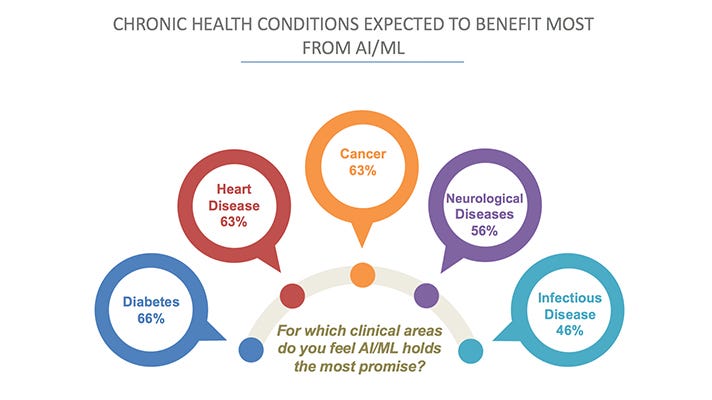
Sharing work is a natural part of the design process.
If you have been in this industry for some time, you know the drill: you pull up your design files, share your screen with the room/with your remote peers, set up what you are going to walk them through in that session, and then start explaining the thinking behind your design decisions.
At some point, you get so used to following that protocol, you get a little numb. You don’t feel that adrenaline rush anymore, that anxiety of hearing what your peers have to say about the work you’re presenting.
But if you’re not uncomfortable presenting your work, that can be a bad sign.
One of these might be happening:
- You are not pushing the limits. The design is too conventional, and you are only using familiar UI elements. Nothing in the experience feels fresh or has that never-seen-before feeling to it. If you don’t get any visceral reactions (big or small) from your peers, that might be a sign the work could use some extra design love.
- The work is not future-friendly enough. When you present work (especially in larger projects), you are usually presenting something that will take several months to be implemented and launched. If you are designing for now (your company’s current challenges) without an eye in the future, there’s a chance the work will get outdated before it even sees the light of day.
- The design is not challenging expectations. When your peers join a design review meeting, they have certain expectations of what they are going to see. If you are only giving them what you know they want, you are just executing ideas that were created by other people. Be smart about which expectations you want to break, though — on the other hand, innovating just for innovation sake can be harmful to the user experience and for the business goals. Make sure to pick the right battles.
- The work is too polished, everything is too final. If you are not feeling uncomfortable when sharing work with your peers, it might be because you have overprepared for the meeting: your prototypes are insanely polished, the copy is final, every aspect has been thought through. Which is great — don’t get me wrong. But that probably took you more time than if you were to share a slightly more in-progress version of the same flows. For internal reviews, where you are expecting feedback, it’s important to leave enough room for interpretation and space for your peers to connect the missing dots.
- The work is not emotional or relatable. Part of sharing design work is sharing a story behind it. What is the concept behind your designs, and where did you get inspiration from — nature, an art exhibition you’ve seen, a film you’ve watched? Making yourself vulnerable and revealing the emotions that led to the work you’re sharing (not just rational arguments and facts), can make your peers connect to it more deeply.
Whenever I’m feeling too confident or too assured of what my team and I are sharing, I try to add something to the work that gives me a reason to become uncomfortable again: a slide, a new screen, an alternative version to one of the flows that pushes conventions a bit more.
Anything but becoming numb to the thing I enjoy doing the most.
This article is part of Journey: lessons from the amazing journey of being a designer.
If you’re not uncomfortable showing your work, that might be a bad sign was originally published in UX Collective on Medium, where people are continuing the conversation by highlighting and responding to this story.
from UX Collective – Medium https://uxdesign.cc/if-youre-not-uncomfortable-showing-your-work-that-might-be-a-bad-sign-275269d00c5a?source=rss—-138adf9c44c—4




